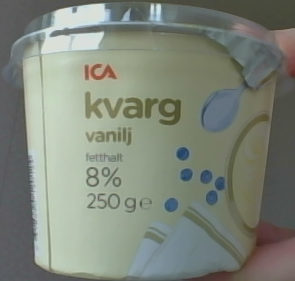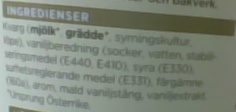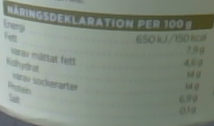ICA Kvarg Vanilj - 250 g
This product page is not complete. You can help to complete it by editing it and adding more data from the photos we have, or by taking more photos using the app for Android or iPhone/iPad. Thank you!
×
Streckkod: 7318690120124 (EAN / EAN-13)
Vanligt namn: Kvarg Vanilj
Kvantitet: 250 g
Förpackning: en:Metal, Plast, en:pet-polyethylene-terephthalate, Återvinningsbara metaller, Aluminium, en:container, en:ps-polystyrene
Varumärken: ICA
Kategorier: Mejeriprodukt
Ingredients ursprung: Österrike
Tillverknings eller bearbetningsplats: Austria
Spårbarhetskod: AT 30960 EC
Länk till produktsidan på producentens officiella webbplats: https://www.ica.se/handla/produkt/kvarg-...
Butiker: ICA
Länder där såld: Sverige
Matching with your preferences
Miljö
Förpackning
Transportation
Report a problem
Datakällor
Produkt tillagd den av aquilax
Senast ändrad produktsida på av packbot.
Produktsida också redigerad av olofolleola4.











